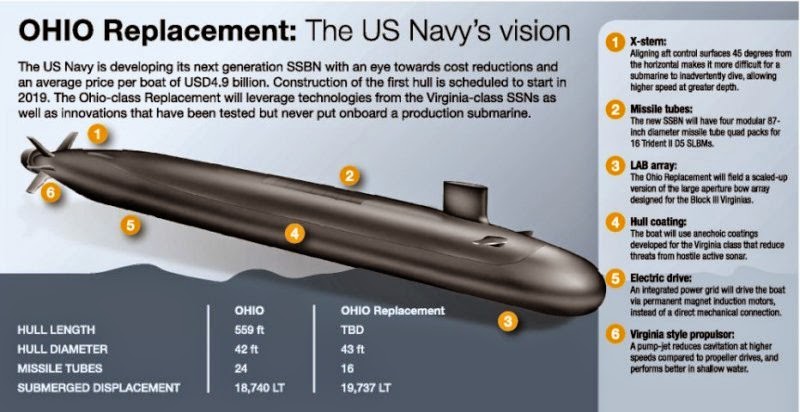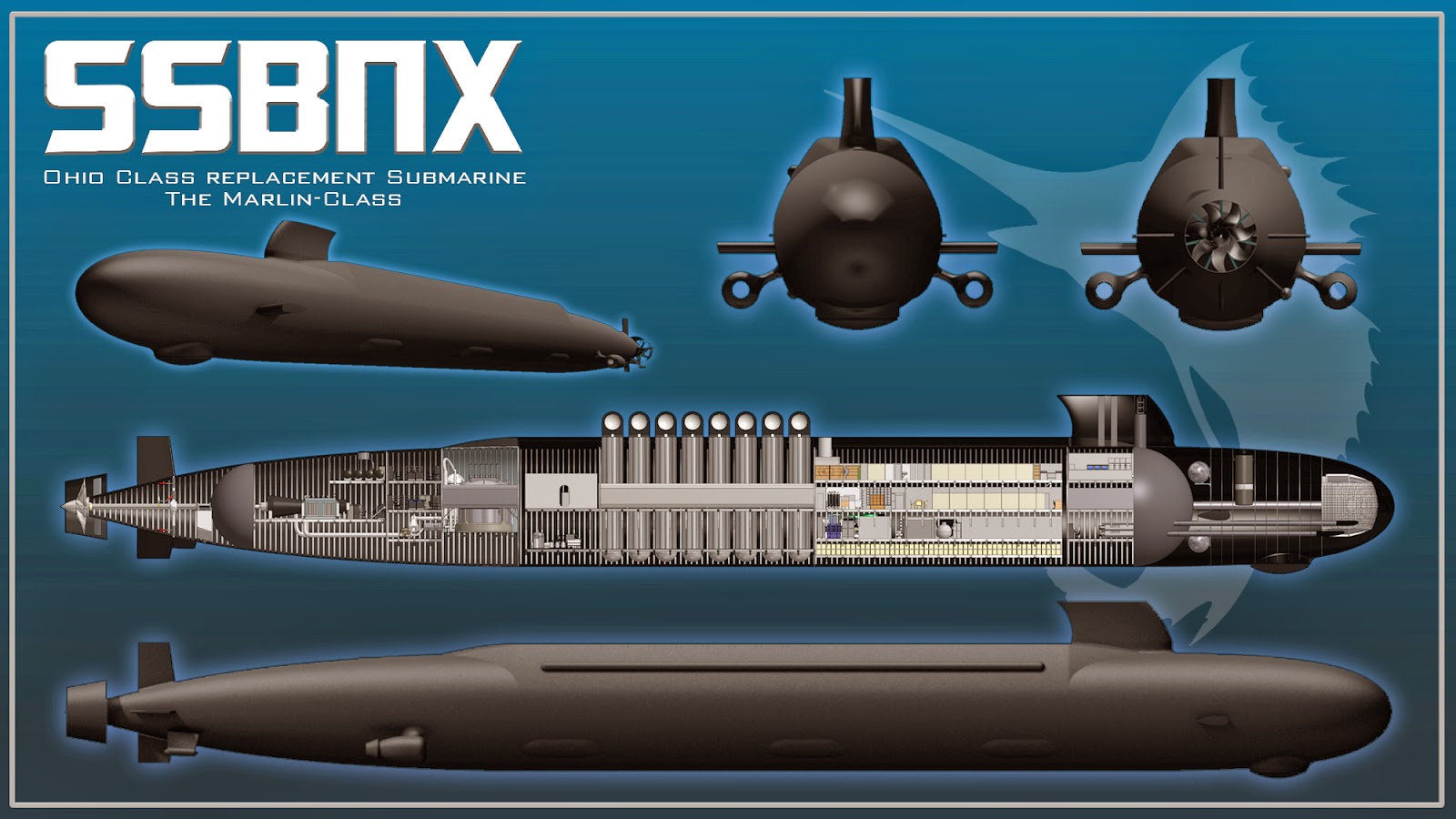I always thought there was a speed/power/efficiency benefit as well. I mean, they've been used in high speed watercraft for decades, right? Many modern, advanced torpedoes use them too, I think. According to wiki... (
https://en.wikipedia.org/wiki/Pump-jet )
Advantages:
Pump jets have some advantages over bare propellers for certain applications, usually related to requirements for high-speed or shallow-draft operations. These include:
*Higher speed before the onset of cavitation, because of the raised internal dynamic pressure
*High power density (with respect to volume) of both the propulsor and the prime mover (because a smaller, higher-speed unit can be used)
*Protection of the rotating element, making operation safer around swimmers and aquatic life
*Improved shallow-water operations, because only the inlet needs to be submerged
*Increased maneuverability, by adding a steerable nozzle to create vectored thrust
*Noise reduction, resulting in a low sonar signature; this particular system has little in common with other pump-jet propulsors and is also known as "shrouded propeller configuration";[2] applications:
Warships designed for low observability, for example the Swedish Visby-class corvette.
Submarines, for example the Royal Navy Trafalgar class and Astute class, the US Navy Seawolf class and Virginia class, the French Navy Triomphant class and Barracuda class, and the Russian Navy Borei class.
Modern torpedoes, such as the Spearfish, the Mk 48 and Mk 50 weapons.
Disadvantages:
*Can be less efficient than a propeller at low speed
*More expensive
*The intake grill can become clogged with debris; e.g., seaweed. The effects of this can be mitigated by having a reversing gearbox between the engine and the water jet.














